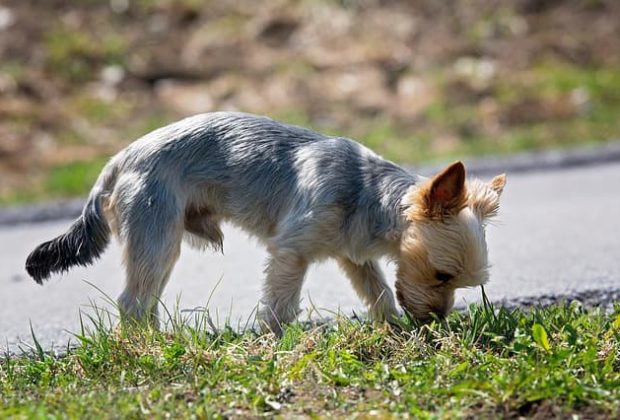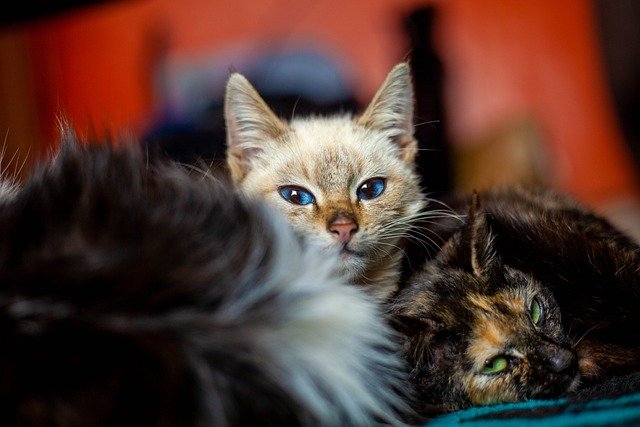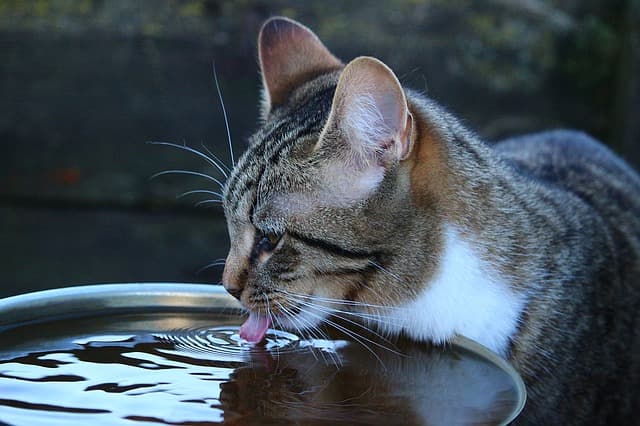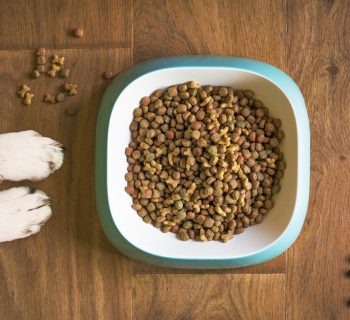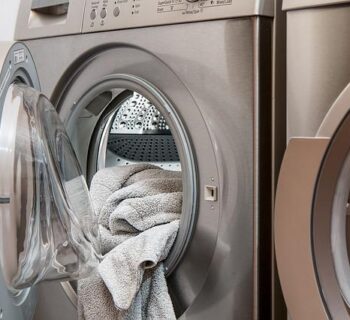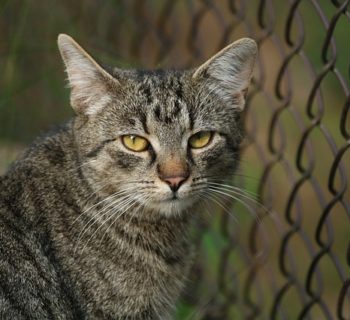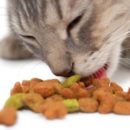It happens in many homes around the world. Adorable furry canine, feasting on poops, including the cats’! And you are left wondering why dogs do this.
While many dog owners probably hate discussing this subject, it cannot be ignored, at least not if you intend to keep both dogs and cats together for long. The habit is unsettling to the cat and obviously unpleasant while posing a danger to the dog and its well-being.
Keeping Your Dog Away From Your Cat's Litter Box
Understanding This Behavior
A condition described as coprophagia, puppies imitate this behavior from their mothers. To help their puppies eliminate waste, mother dogs stimulate their rears by licking them. On the other hand, some scientists are of the opinion that dogs who eat stools may be exhibiting primitive behaviors. This behavior they believe is traceable to wild canine species thought to eat their waste as a way of hiding their whereabouts from their encroaching predators.
What Attracts Dogs to Cat Poop Then?
Usually, a cat’s diet is high in protein, plus, they don’t always completely process their food. This makes their stool particularly irresistible to canines. While this behavior may be more common with puppies, some never outgrow it.
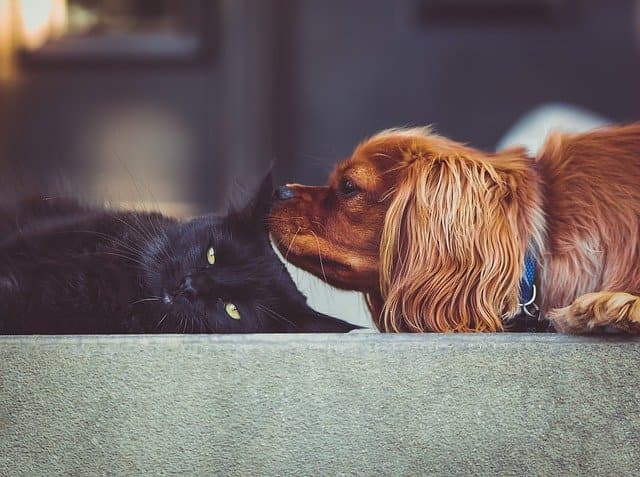
What Can You Do?
If you have had a cat for long, you’ll know they are quite the finicky pets. For them, the litter box is a personal space. They may become uncomfortable if they approach the box and discover litter scattered around the box area or the dog feasting on it.
This could soon make the litter box unsafe for them, especially when your dog sticks his nose whenever he wishes or waits while they poop. In the end, it may be forced to find other toileting alternatives in places like your closet or just right in front of you. It is a habit that could have you constantly cleaning after it, and you don’t want the extra work, do you?
If you currently have to deal with a dog that enjoys eating poop, we’ve outlined some tips to help you tackle this issue and keep your dog out of the litter box while keeping your cat happy.
Make the Poop Unappealing
One method to curb this habit in poop-loving canines is making the poop unappealing. You can achieve this by including items dogs find unpleasant to the cat’s feces and litter box. This way, there’s really no motivation to go dipping their noses in the litter box,
Some unappealing items to spray include monosodium glutamate, chamomile, and pepper. From the dog’s point of view, these are uninviting, and adding them to the litter box or the poop can keep them permanently away.
We have to mention that not all dogs find the taste of those as mentioned above unsavory. Some do not, so you may have to keep trying and switching things to know which smell or taste eliminates the habit.
Keep the Litter Box Clean
This cannot be overemphasized; the cat’s litter box has to be kept as clean as possible at all times. Thoroughly scoop and change the litter often. Left for long, the scent attracts your dog, so clean up the poop as soon as you can. Feces should not also be left littered around, or your canine will reach for them in no time.
Reward Good Habits
The reward tactic works almost every time and on many dogs. It should also work to curb this habit. Supervise their poop session, and once your dog poops or is standing around the cat’s litter box, instruct him to come and sit with you. If he complies, reward with a treat or toy.
Soon, your dog will associate good behavior with treats and will not be tempted to search for cat poop or hang around the cat’s litter box. If you haven’t already, teach it basic commands such as “leave it”, “come here” etc. This enables you to communicate your wishes easily.
Curb Boredom
If this is a habit your dog formed out of boredom, it can be easy to control. Give your bored dog something to chew on, a snack, or a toy. This keeps it from seeking a messy alternative. You can check out a list of ways to keep a dog entertained here.
Reposition the Litter Box
Changing the position of your cat’s litter box can help control this habit. Instead of the usual easy-to-access areas, place the litter box on a table. You can also put it on a counter just right out of reach of intrusive canines. Alternatively, you could place it on a small cabinet or structure with a latch that opens wide enough for the feline.
Baby Gates
Installing a baby gate is another way to keep canines away from the cat’s feces. It’s easy for your feline to glide through the bars of this gate or jump over, but not so for canines. You can raise the gate some more inches above the floor so the cat to slide beneath it easily instead of leaping over the gate.
Invest in a Good Litter Box
Staying on top of this habit can be challenging in the long run if you live a hectic life or find it hard to keep the dog away with other tactics. In this case, you need dog-proof litter boxes. These special litter boxes are designed to keep your dog away and make your cat feel safe to do its business.
Final Thoughts
In the end, while coprophagia is a habit that you must control, try not to overreact when you see your dog at it. This is entirely normal to most canines, so they may fail to understand your reaction to the behavior. It is just the same way searching for food in the trash, eating from the floor, and drinking toilet water are normal to them.
They are all part of their not-so-pleasant habits that make them what they are – canines. However, your dog should outgrow the pattern with the right precautions, training, and rewards for good behavior (positive reinforcement). But make sure you keep at these tactics until you notice significant improvements in his habits.
About the Author
Kirsten Heggarty
Kirsten created The Pet Handbook with the aim of sharing her knowledge about pets, pet food, healthy habits, and more. All of her advice is based on years of her own experience with her pets, and feedback that she has received from grateful readers about her tips. If you want to know more please read the About Me page.

